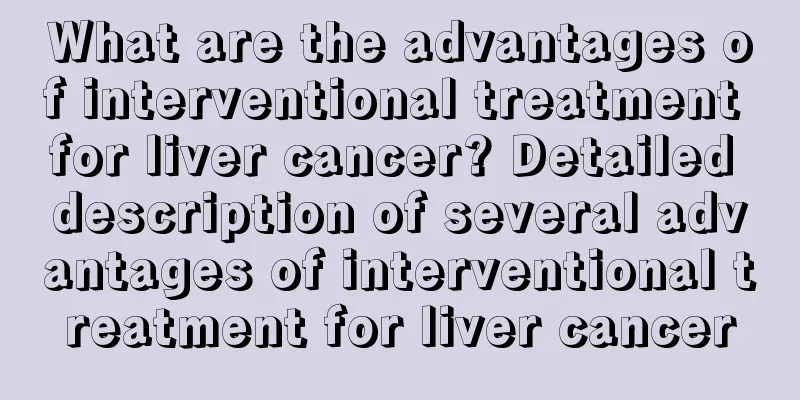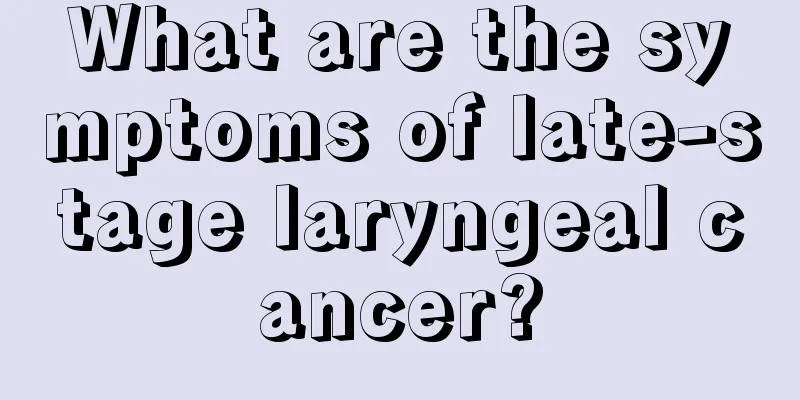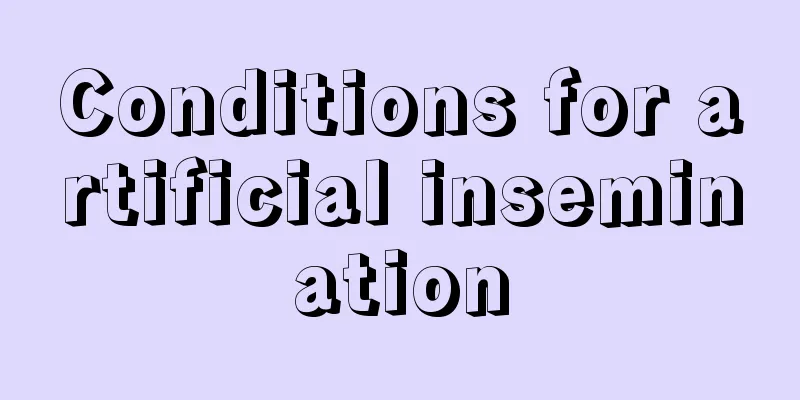What are the advantages of interventional treatment for liver cancer? Detailed description of several advantages of interventional treatment for liver cancer

|
Although the term "interventional diagnosis and treatment" is familiar to many people, many lack the most direct understanding and know very little about its true nature. According to experts, interventional radiology is an emerging clinical discipline that integrates the American Society of Medical Imaging and accumulated clinical treatment surgery. It uses minimally invasive methods under the guidance of medical imaging equipment to achieve the purpose of diagnosing or treating diseases. It has many advantages such as less trauma, less pain, quick results, fewer complications, quick recovery, and no damage to the body structure. One of the treatments for liver cancer is interventional therapy. Let the experts explain it to you below. Interventional treatment for liver cancer Chemotherapy is the application of chemical drugs for treatment. In the past half century, chemotherapy has developed from the single application of a few chemotherapy drugs to the combined application of multiple drugs. In addition to the original intravenous systemic chemotherapy, new methods of administration have also emerged, such as adjuvant chemotherapy, neoadjuvant chemotherapy, and special chemotherapy (arterial, intracavitary perfusion, etc.). Since chemotherapy drugs can cause damage to the patient's body while destroying cancer cells, it is currently not recommended to use systemic intravenous chemotherapy for liver cancer patients in clinical practice, but to use less harmful radiological interventional therapy. Radiological interventional therapy is a new chemotherapy approach developed in recent years. The method is to enter the hepatic artery that supplies blood to liver cancer through a catheter, inject chemotherapy drugs, increase local drug concentration and thus improve efficacy, while reducing the toxic side effects of chemotherapy drugs on other parts of the body. Radiological interventional therapy is mainly suitable for liver cancer patients whose conditions are not too bad but are not suitable for surgery. At present, this method has become the first choice for non-surgical treatment of patients with unresectable liver cancer. Its disadvantages are that it is not effective for secondary liver cancer and some primary liver cancers, and it can cause liver damage. What are the advantages of interventional treatment for liver cancer? Experts said that interventional treatment of primary liver cancer has many advantages, such as minimally invasive, fast recovery, and strong repeatability. It has become an important means of liver cancer treatment, especially for patients who cannot undergo surgical resection or are unwilling to undergo surgical treatment. And for patients with small liver cancer (tumor diameter less than 5cm, number less than 3), TACE combined with ablation treatment can also achieve a treatment effect comparable to surgery. |
Recommend
What should you pay attention to before treatment of esophageal cancer?
In recent years, esophageal cancer has become one...
Measures to control haze
The rapid development of industry in recent years...
What is the best food for malignant cervical cancer
Cervical cancer can be divided into carcinoma in ...
How to perm your hair without damaging it
A hairstyle that suits you can enhance your image...
Could persistent stomach pain be stomach cancer?
Persistent stomach pain is not necessarily gastri...
How to store leftover corn
Autumn is the season for corn harvest. Many peopl...
How to use a soymilk machine?
Soymilk makers have gradually become a common ele...
The main causes of tongue cancer
Cancer is a household name. It is cruel and diffi...
How to use lipstick pen
If the makeup technique is mature, a person's...
What are the benefits of soaking your feet in vinegar?
Soaking your feet in vinegar can achieve very goo...
What are the causes of fine lines on the forehead
After the age of 25, people's skin condition ...
Early symptoms and precursors of cervical cancer
Early symptoms and precursors of cervical cancer ...
What should be done about cervical precancerous lesions? What examinations should be done for cervical precancerous lesions
Cervical precancerous lesions refer to cancerous ...
How does frostbite form?
We need to pay attention to the problem of frostb...
What does the blue veins on the instep mean?
The feet are very important to our body, but they...









